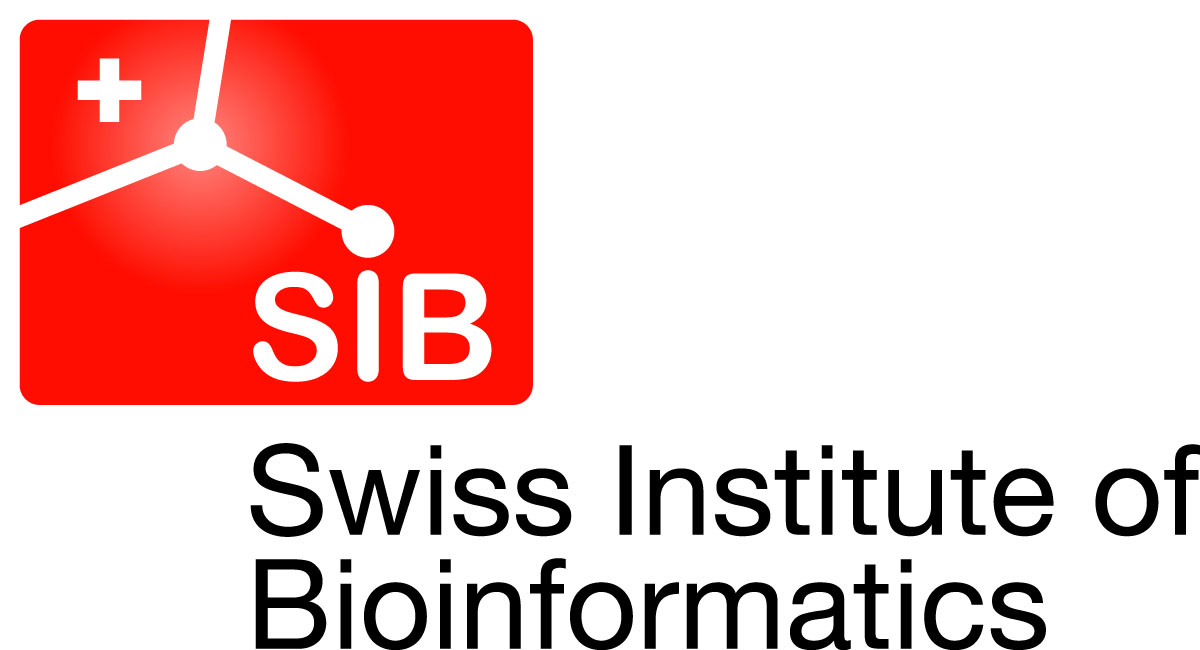Video, Training materials with mock data, e-learning
Querying Data with SPARQL
Querying Data with SPARQL is a training that was developed in the context of the Swiss Personalized Health Network (SPHN) initiative and is part of a series of trainings centered around the SPHN Interoperability Framework developed by the SPHN Data Coordination Center (DCC). The framework aims at facilitating collaborative research by providing a decentralized infrastructure sustained by a strong semantic layer (SPHN Dataset) and graph technology, based on RDF, for the exchange and storage of data.
Having data in RDF researchers can benefit from the graph technologies to answer specific research questions with the use of queries. SPARQL is the standard querying language that enables to explore RDF graphs and retrieve wanted results. In this training, we provide a short introduction to SPARQL before showcasing two concrete examples of queries that answer the following questions:
- Which patients are allergic to a certain substance?
- Which patients had a certain lab test done?
With these questions, we explore the use of knowledge provided in external terminologies (SNOMED CT and LOINC) as well as reasoning possibilities offered in RDF (inference).
Prerequisites:
- Basic understanding of RDF. If you need information, please watch our training primer on RDF and SPARQL.
- Basic understanding of SNOMED CT and LOINC terminologies and their hierarchies.
- This course assumes that your data is loaded into your triplestore (in our example, GraphDB). If you need instructions on this step, please watch our training RDF Schema and Data Visualization or read our user guide.
After the training you will be able to:
- Understand what SPARQL is and the way a SPARQL query is structured
- Build SPARQL queries
- Query for SNOMED CT and LOINC codes in the context of SPHN
- Understand the meaning of reasoning or knowledge inference.
Resources:
All resources are available on the training's GitLab space
Licence: Creative Commons Attribution Non Commercial Share Alike 4.0 International
Keywords: Clinical data, SPARQL, Query data, RDF, Knowledge graph, SNOMED CT, LOINC, Interoperability
Target audience: Research Scientists, Data Managers, Biomedical Researchers, Bioinformaticians, Data Scientists
Resource type: Video, Training materials with mock data, e-learning
Status: Active
Contributors: Philip Krauss, Sabine Österle
Scientific topics: Computer science, Data management, FAIR data, Medical informatics, Data mining
Operations: Query and retrieval, Database search, Data handling, Data retrieval
Activity log

 Switzerland
Switzerland
